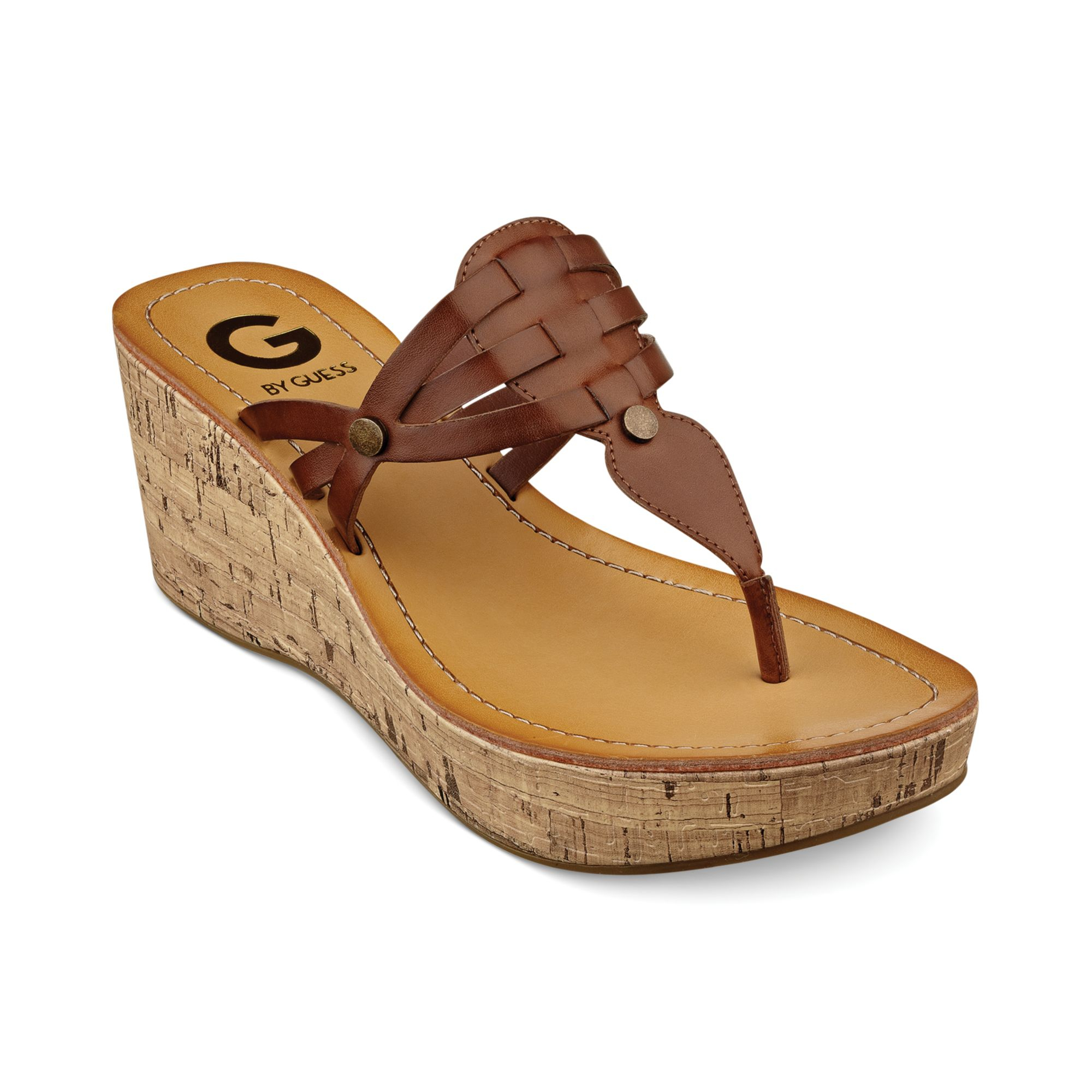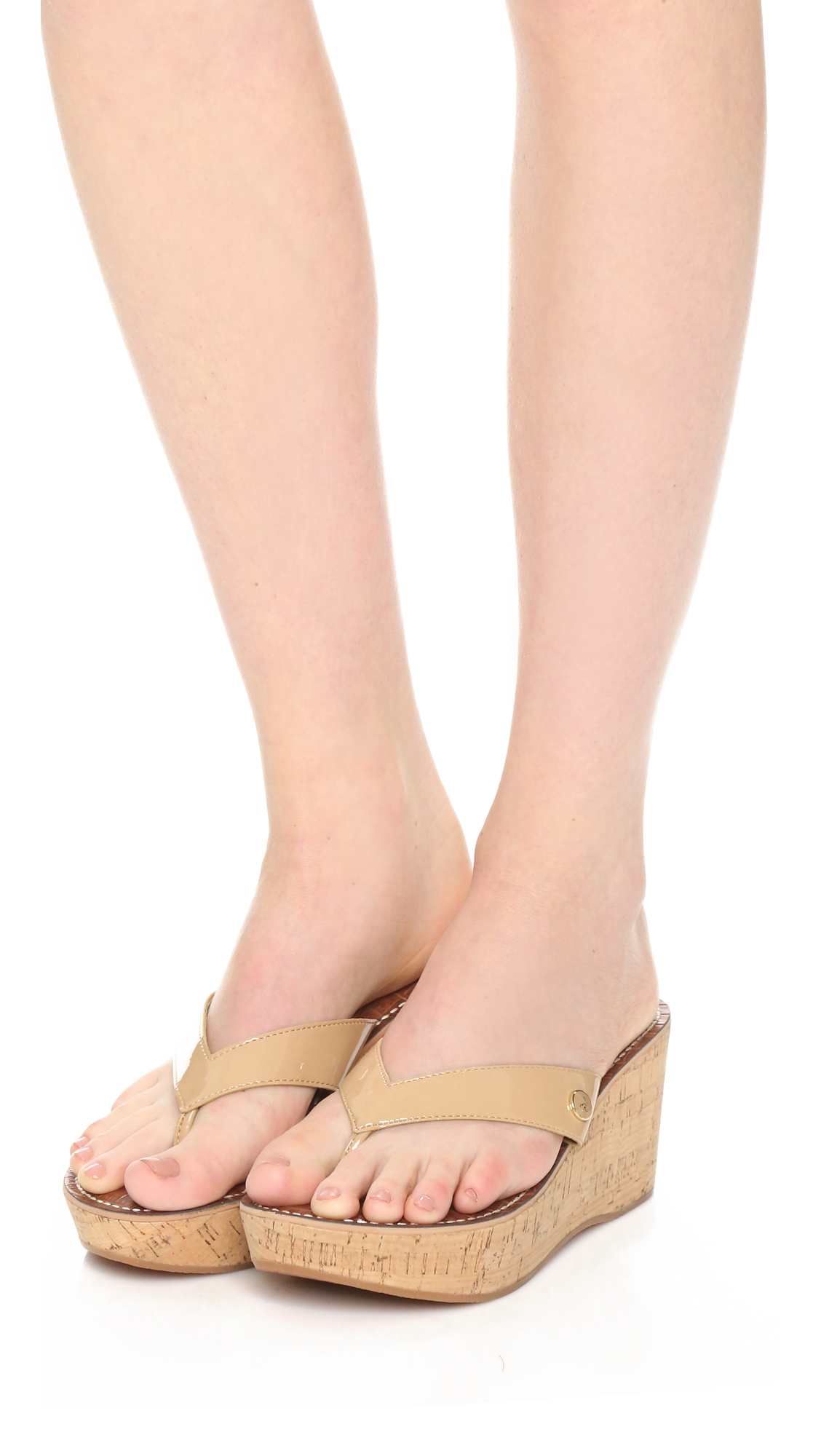

In popcorn, this is even more evident due to the negative correlation between the main characteristics of economic importance - grain yield and popping expansion. Selection indices commonly utilize economic weights, which become arbitrary genetic gains. Vittorazzi, C Amaral Junior, A T Guimarães, A G Viana, A P Silva, F H L Pena, G F Daher, R F Gerhardt, I F S Oliveira, G H F Pereira, M G Indices estimated using REML/ BLUP and introduction of a super-trait for the selection of progenies in popcorn. However a baseline accuracy that is driven by the reference data set size and the overall population effective population size enables g BLUP to estimate a breeding value for unrelated animals within a population ( breed), using information previously ignored by pedigree based BLUP methods. Animals that share a close relationship to the reference data set had the highest accuracy from genomic predictions. An animal's relationship to the reference data set is an important factor for the accuracy of genomic predictions. In contrast, g BLUP breeding values, for animals that had no pedigree relationship with animals in the reference data set, allowed substantial accuracy. Similarly, the pedigree based BLUP methods were also accurate for closely related animals, however when the pedigree based BLUP methods were used to predict unrelated animals, the accuracy was close to zero. The most accurate breeding values were estimated using g BLUP for closely related animals. The g BLUP method predicted breeding values more accurately than BLUP. The accuracy of estimated breeding values for different groups of selection candidates that had varying degrees of relationships to a reference data set of 1750 animals was investigated. Genomic Best Linear Unbiased Prediction (g BLUP) was compared to two pedigree based BLUP methods, one with a shallow one generation pedigree and the other with a deep ten generation pedigree. Simulated and real data were used to examine the effects of various degrees of relationship on the accuracy of genomic selection. This study aimed to examine the importance of information on relatives versus that of unrelated or more distantly related individuals on the estimation of genomic breeding values. However, genomic selection also relies on relationships between individuals to accurately predict genetic value. The theory of genomic selection is based on the prediction of the effects of genetic markers in linkage disequilibrium with quantitative trait loci. The importance of information on relatives for the prediction of genomic breeding values and the implications for the makeup of reference data sets in livestock breeding schemes.Ĭlark, Samuel A Hickey, John M Daetwyler, Hans D van der Werf, Julius H J Copyright © 2015 American Dairy Science Association. Results indicate that the single-step method provides the highest accuracy for populations with a small number of genotyped individuals, where the number of genotyped males is low and females are predominant in the reference population. This is the first attempt to implement genomic selection in UK dairy goats. Linkage disequilibrium (r(2), the squared correlation of the alleles at 2 loci) at 50 kb (distance between 2 SNP) was 0.18. The highest accuracy of 0.61 was obtained with single-step BLUP, and the lowest (0.36) with BLUP-SNP. Two methods for estimation of genomic breeding value were compared- BLUP at the single nucleotide polymorphism level ( BLUP-SNP) and single-step BLUP. In total 1,960 animals were genotyped with the Illumina 50K caprine chip. Data on milk composition was unavailable. The data set contained test-day records of milk yield, lactation number, farm, age at kidding, and year and season of kidding. The pedigree file contained 30,139 individuals, of which 2,799 were founders. In each generation the best performing animals were selected for breeding, and as a result, a synthetic breed was created. The population was created by crossing 3 breeds: Alpine, Saanen, and Toggenburg. The research was based on data provided by 2 commercial goat farms in the UK comprising 590,409 milk yield records on 14,453 dairy goats kidding between 19.

The objective of this study was to estimate genomic breeding values for milk yield in crossbred dairy goats. Mucha, S Mrode, R MacLaren-Lee, I Coffey, M Conington, J Estimation of genomic breeding values for milk yield in UK dairy goats.


 0 kommentar(er)
0 kommentar(er)
